News
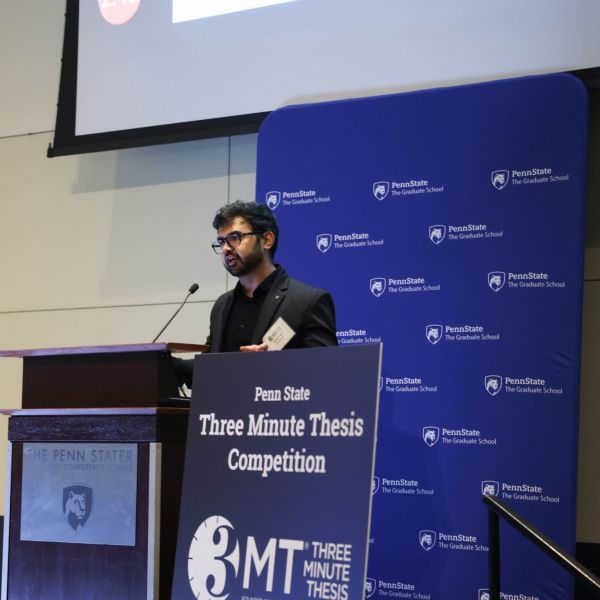
Dec 04, 2024
Finalists named for Penn State 2024-25 Three Minute Thesis competition
Ten graduate students from eight academic programs have been named finalists for the 2024-25 Penn State Three Minute Thesis (3MT) competition.
Full Article

Dec 03, 2024
New bioprinting technique creates functional tissue 10x faster
The novel high-throughput-bioprinting technique opens the door for tissue fabrication with high cell density at scale.
Full Article

Dec 02, 2024
Q&A: What fossils reveal about ancient Australian forests and fire
Fossil evidence is reshaping the understanding of modern forest management practices used in Australian rainforests, according to researchers.
Full Article
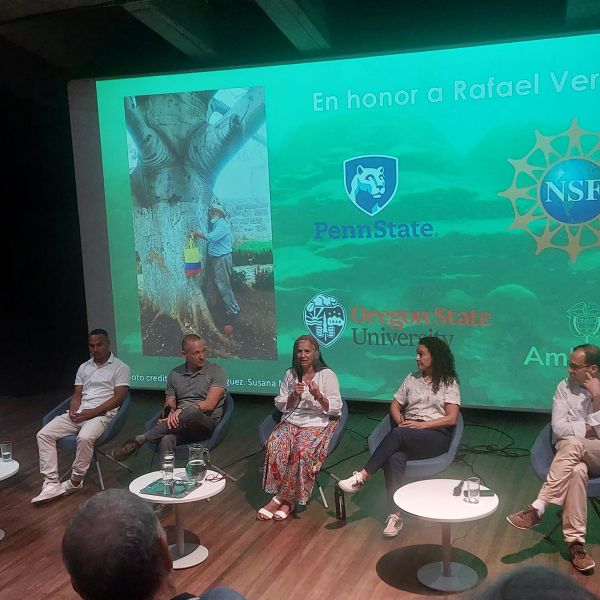
Dec 02, 2024
Q&A: Penn State COP16 delegation contributes to biodiversity efforts
A delegation of Penn State faculty and graduate students attended the 2024 United Nations Biodiversity Conference (COP16) in Cali, Colombia.
Full Article
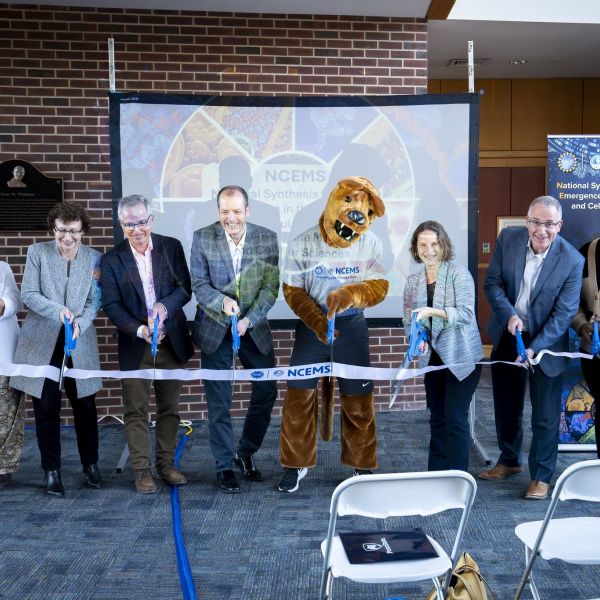
Nov 27, 2024
Heard on Campus: Launch of new center in molecular and cellular sciences, NCEMS
Reception celebrates new NSF-funded National Synthesis Center for Emergence in the Molecular and Cellular Sciences at Penn State.
Full Article
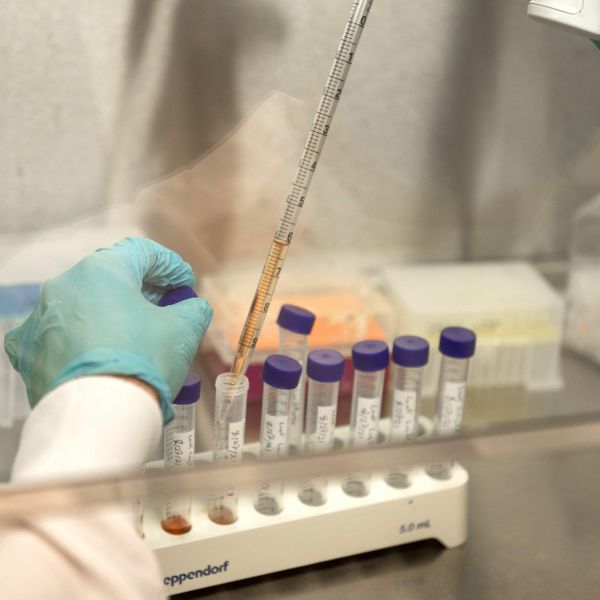
Nov 26, 2024
$2.6M grant to advance potential stem cell-based heart disease treatment
Combining stem cells and silicon nanowires in lab-grown tissue has shown promise as a step toward a new treatment for heart disease, the leading cause of death worldwide, according to a multi-institutional research team.
Full Article
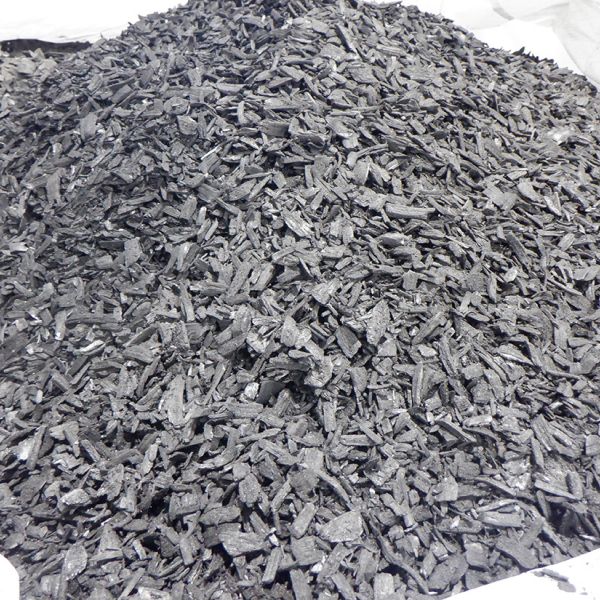
Nov 26, 2024
Researchers to study how to make carbon-storing product safer, more sustainable
Funded by a USDA grant, an international team led by Penn State researchers aims to mitigate toxic organic compounds produced in manufacturing of the biomaterial known as biochar.
Full Article

Nov 26, 2024
Better habitats for forest farming wild leeks could help future foraging demands
An interdisciplinary Penn State research team characterized ramp habitat for the first time in Pennsylvania, offering guidance for the agroforestry practice known as forest farming.
Full Article

Nov 25, 2024
Tick tubes help reduce the parasites on mice, but time and frequency matters
A new study led by researchers at Penn State analyzed the effectiveness of a simple, inexpensive strategy for controlling ticks that homeowners can use in their backyards.
Full Article
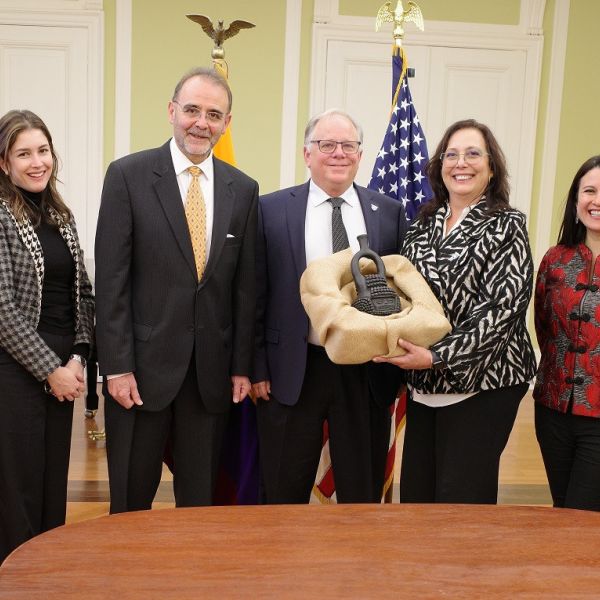
Nov 22, 2024
Penn State receives replica of historic ceramic vessel from Ecuador government
In recognition of Penn State’s impactful contributions to cacao and chocolate research, the government of Ecuador presented the University and its College of Agricultural Sciences with a replica of an ancient ceramic vessel.
Full Article